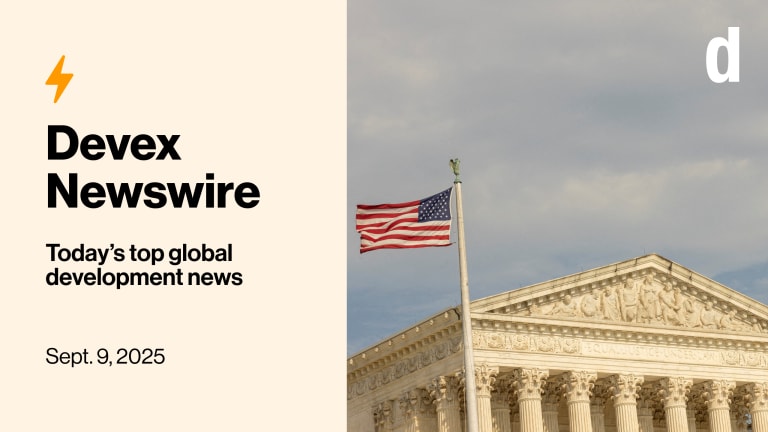The U.S. Supreme Court has rejected the Trump administration’s attempt to not pay billions of dollars in foreign aid to USAID and State Department partners — lifting a temporary reprieve granted by Chief Justice John Roberts last Wednesday.
The ruling was narrow, at just 5-4, and the Supreme Court did not say exactly when the money — which is for work completed before Feb. 13 — should be repaid.
Instead, the case is now back in the hands of the judge who first made the order: U.S. District Judge Amir Ali, who directed the Trump administration to pay its partners nearly $2 billion in foreign assistance last Wednesday.
Printing articles to share with others is a breach of our terms and conditions and copyright policy. Please use the sharing options on the left side of the article. Devex Pro members may share up to 10 articles per month using the Pro share tool ( ).








